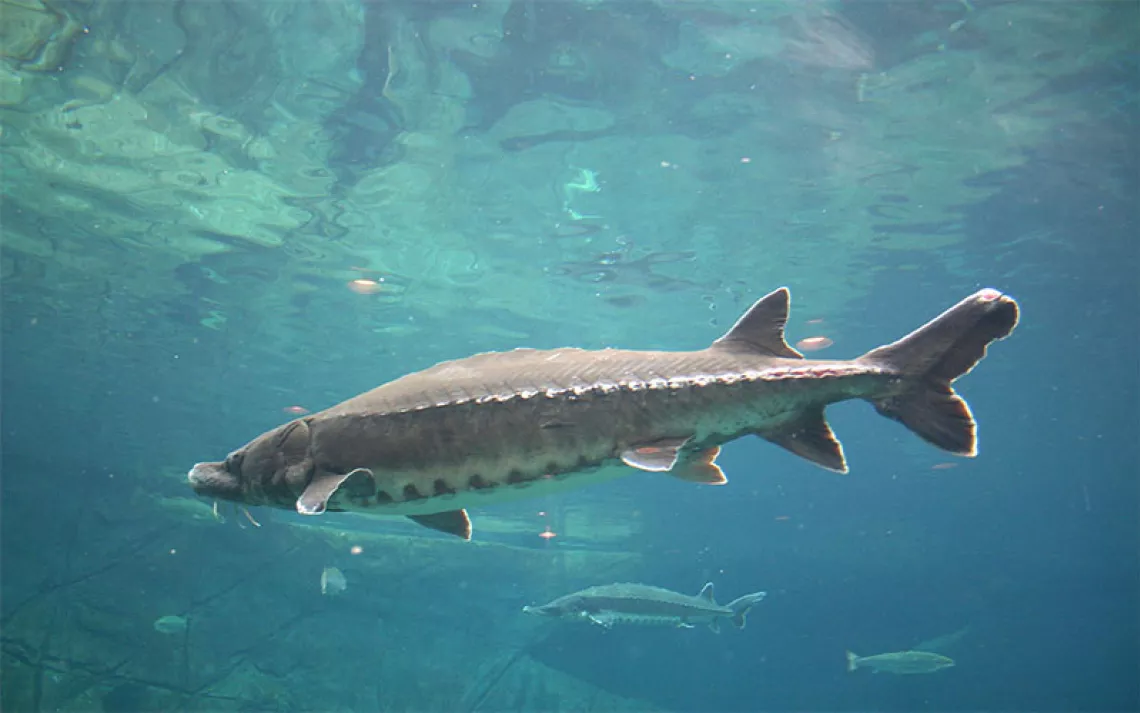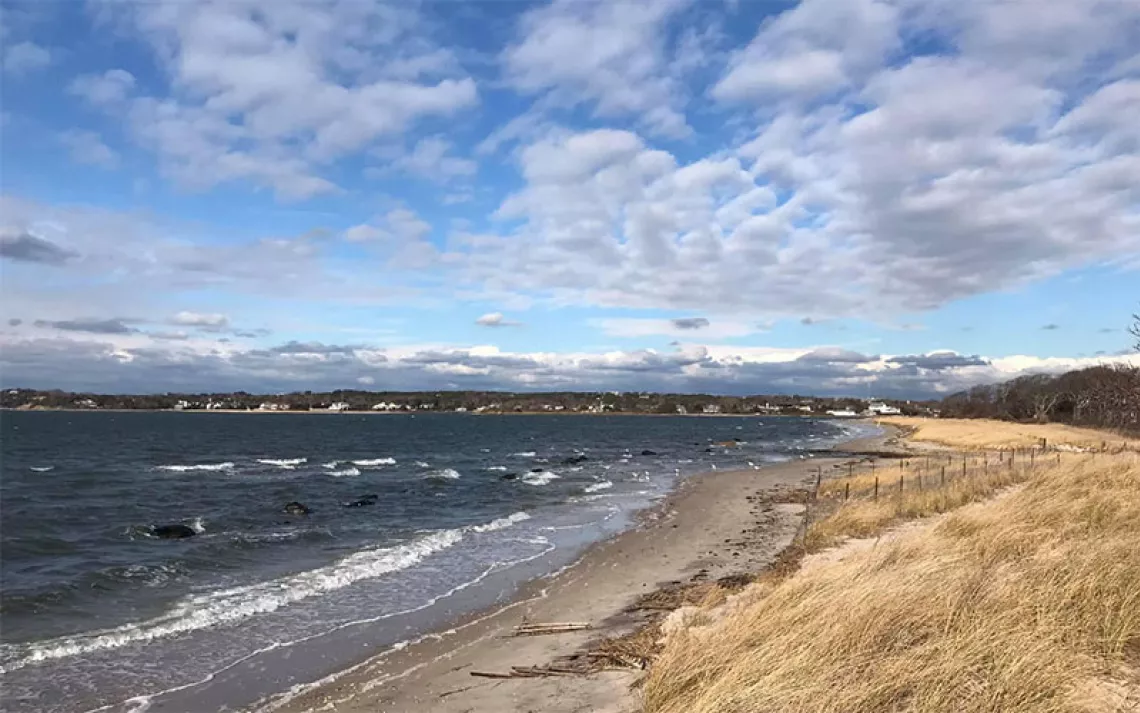How Mangroves and Corals Unite

Hurricane Hole. It sounds like the last place sensitive organisms like corals could possibly exist, but this area harbors mangrove forests that provide refuge for over 30 coral species in a unification of species never seen before.
As a refuge for the sensitive, mangroves score another win in the save-the-world department. According to research by scientists with the U.S. Geological Survey and Eckerd College, the habitat these marine forests deliver has proven happily tolerable to Virgin Island corals. Discovered among the roots of red mangroves in the Virgin Islands Coral Reef National Monument’s Hurricane Hole in St. John, corals have attached their skeleton-like bases and joined the marine forest ecosystem.
Corals fight a hard battle when it comes to the changing conditions of our oceans. They’re extremely sensitive to even minor changes, especially considering their tiny little polyp bodies, which are soft, tube-like, and transparent. While coral reefs can grow to become as massive as an island, when waters become too warm, too cold, or overly acidic, entire coral ecosystems can be lost.
By finding shelter in the mangroves, corals reap many benefits. The shady ecosystem offers a refuge from warmer temperatures and solar radiation, which can cause coral bleaching. Bleaching doesn’t quite mean the coral has died, but rather that the photosynthesizing algae within the tissue of the polyps have been evicted. And this doesn’t bode well for the leftover polyp, which has just lost one of its primary food sources. So while bleaching doesn’t mean coral death, the resulting stress on the polyps can very well mean it’s forthcoming.
The hype around ocean acidification has gained momentum as people consider how marine life can be affected by climate disruption. Our oceans act as a sink for atmospheric carbon dioxide, taking it out of the air. But that doesn’t mean it’s gone. In fact, it’s reducing the pH of the water, enough so that it’s affecting organisms under the surface, from sharks to itty-bitty invertebrates, including corals. But thanks to some favorable chemical, biological, and physical factors, mangrove habitats offer corals a refuge from overly acidic waters.
So, while this coral-mangrove relationship has only been discovered in Hurricane Hole, it’s possible that similar partnerships could be discovered in other places as well. In the face of planetary upheaval, it’s good to know that species are learning to band together to weather the storm.
 The Magazine of The Sierra Club
The Magazine of The Sierra Club



